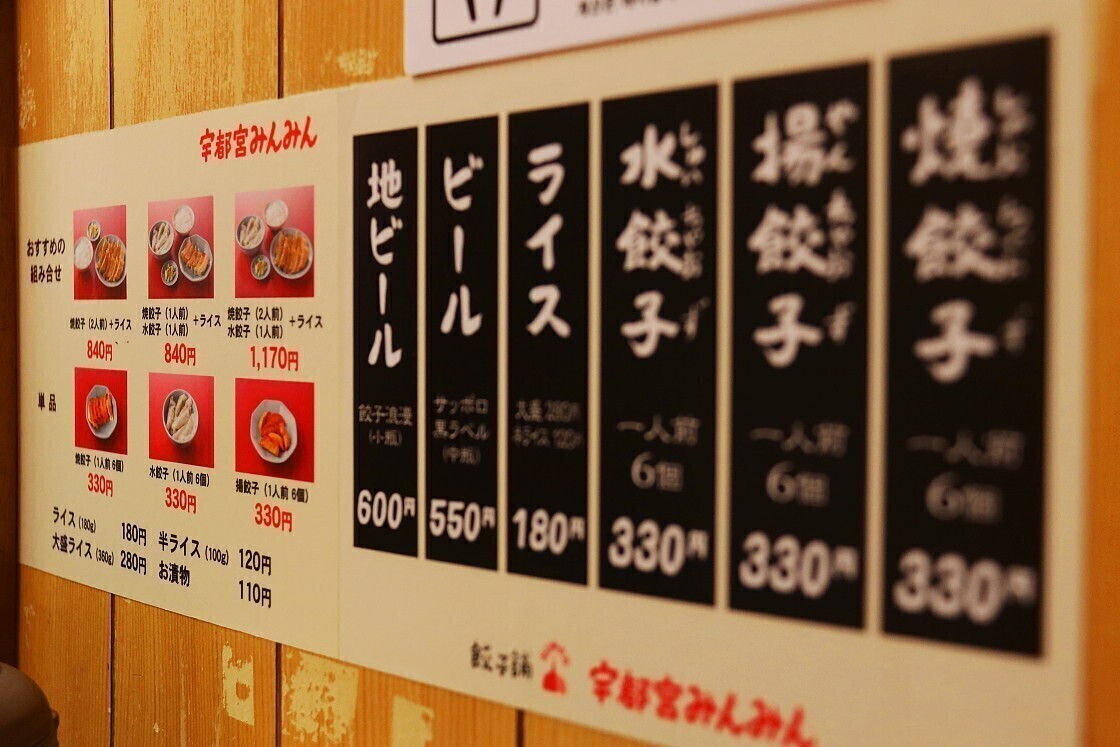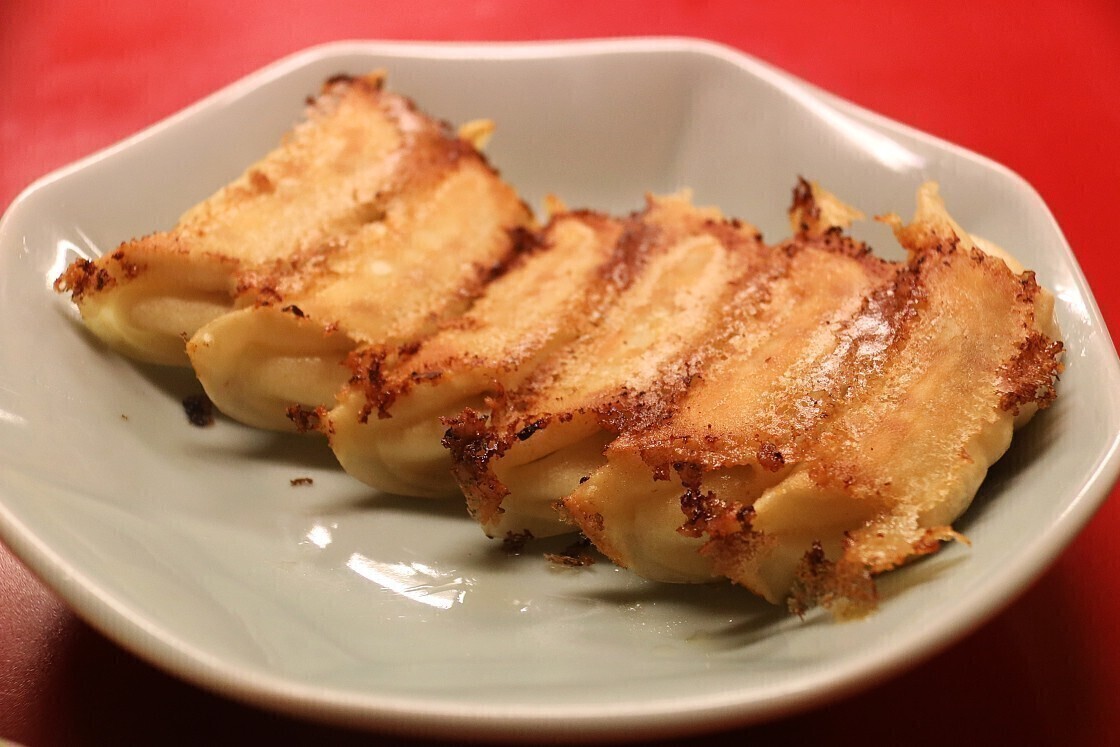Exploring Tochigi’s Highlights
Located about an hour north of Tokyo by shinkansen, the mountainous and largely rural prefecture of Tochigi makes an ideal short getaway from the capital, known for its majestic natural landscapes, hot spring and ski resorts, and of course the spectacular shrines and temples at Nikko.
Despite its popularity as a destination, attracting around 12 million visitos annually - relatively few of those visitors make it outside the main tourist hotspot of Nikko. For this easy-to-follow 2-day trip, I set out to explore some of the prefecture's underseen highlights, from rustic hot-springs to bamboo forests.
Day 1 - Nasu
Setting off with an early start from Tokyo, I took a shinkansen directly to Nasushiobara Station, taking just under 70 minutes. From here I would be relying on a combination of trains, local buses and taxis to get around, but a rental car would make repeating the same itinerary a breeze for travelers who have this option.
Arriving into Nasushiobara Station, I immediately transferred to a bus and was soon winding my way through the late-autumnal countryside on our way to Mount Nasudake. Marking the southern extent of the vast Nasu Volcanic Belt, it is officially ranked as one of Japan's 100 most beautiful mountains, despite being in fact a range with five distinct peaks.

At 1,917 meters, its highest point is Mount Sanbonyaridake or three spears, referring not to its shape but - as local lore has it - an unusual samurai tradition relating to its location at the meeting point of three feudal domains. It is said that each year on May 5, a single samurai would be dispatched by the lord of each of the domains to climb the peak and at its summit plant a spear, thereby confirming the border by mutual consent for another year.
Trailing it by just two meters is Mount Chausudake, our first destination of the day. A striking lava dome formed in eruptions as recently as 1408-1410, it is the only one of the mountains still volcanically active today, lending its geothermal heat to multiple hot springs in the surrounding highlands.
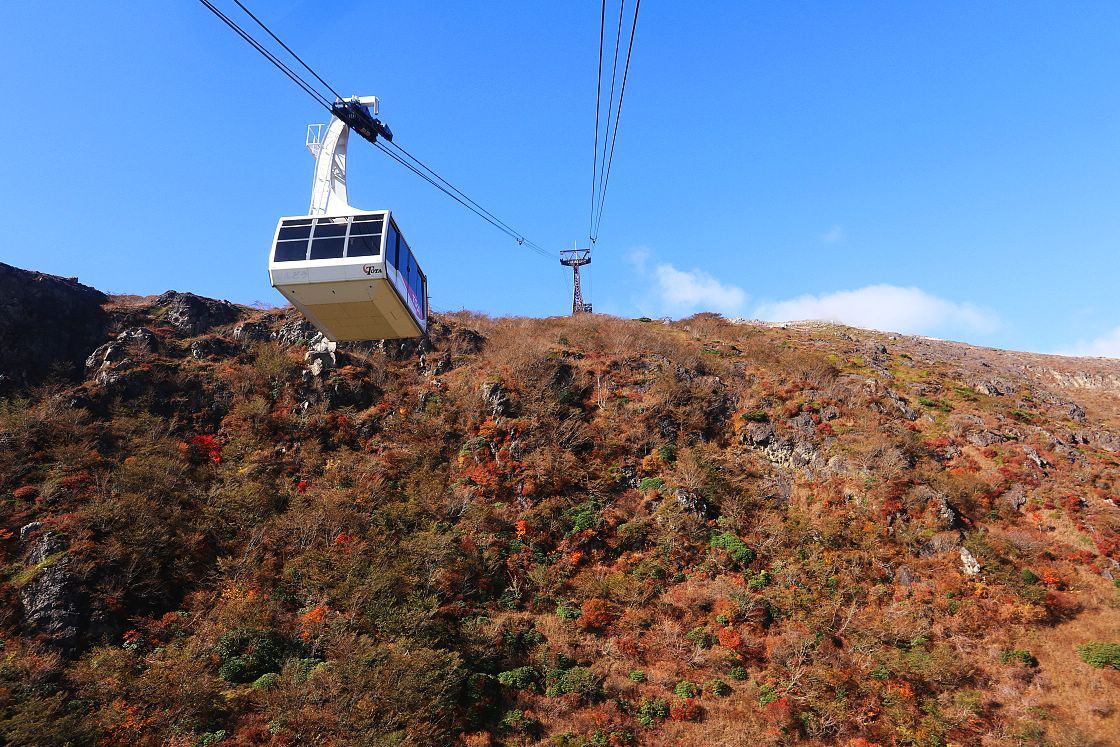
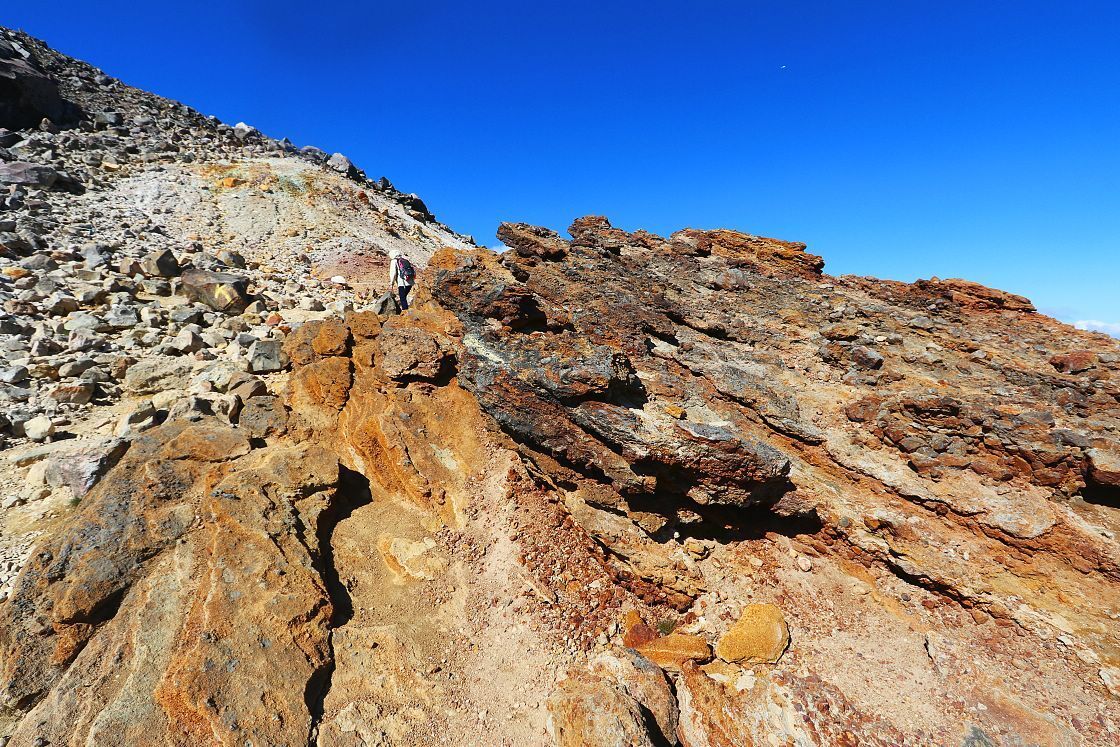
Our climb began with a scenic four-minute ride on the Nasu Ropeway to the mountain's ninth station at an elevation of 1,684 meters. From here, a steep 40 minute climb brought us to the summit - an area known as muken jigoku or infinite hell due to its jagged rocks, eerie lack of even the smallest vegetation and sulfur-smelling fumes that occasionally vent from fissures on its western slope.
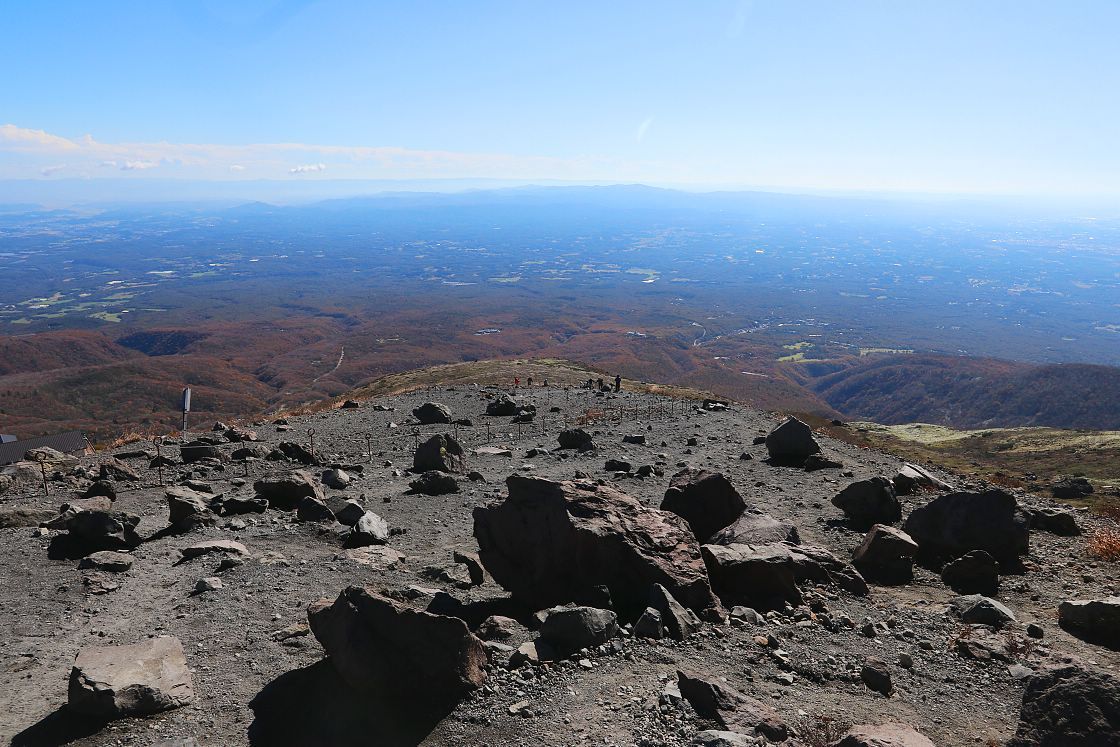
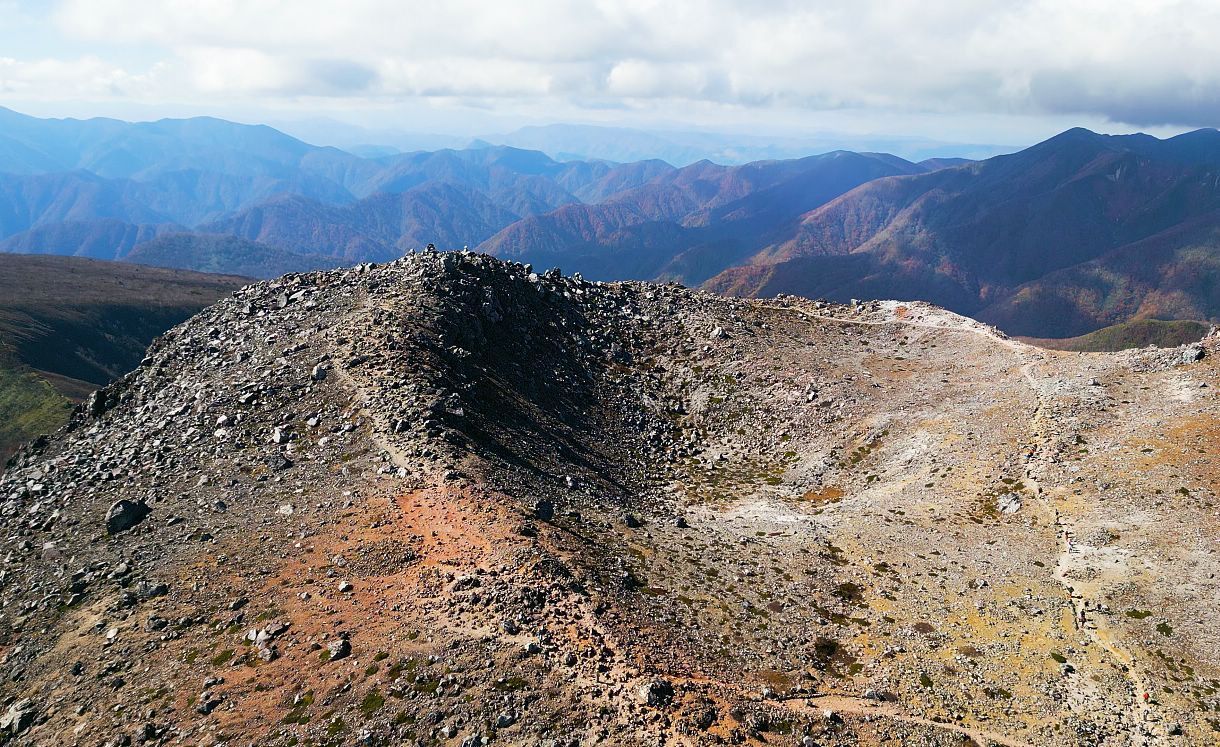
Around us, spectacular scenery stretched away in every direction, with clear views of the surrounding peaks and rocky mountain sides sloping dizzyingly into an expanse of wooded highland.
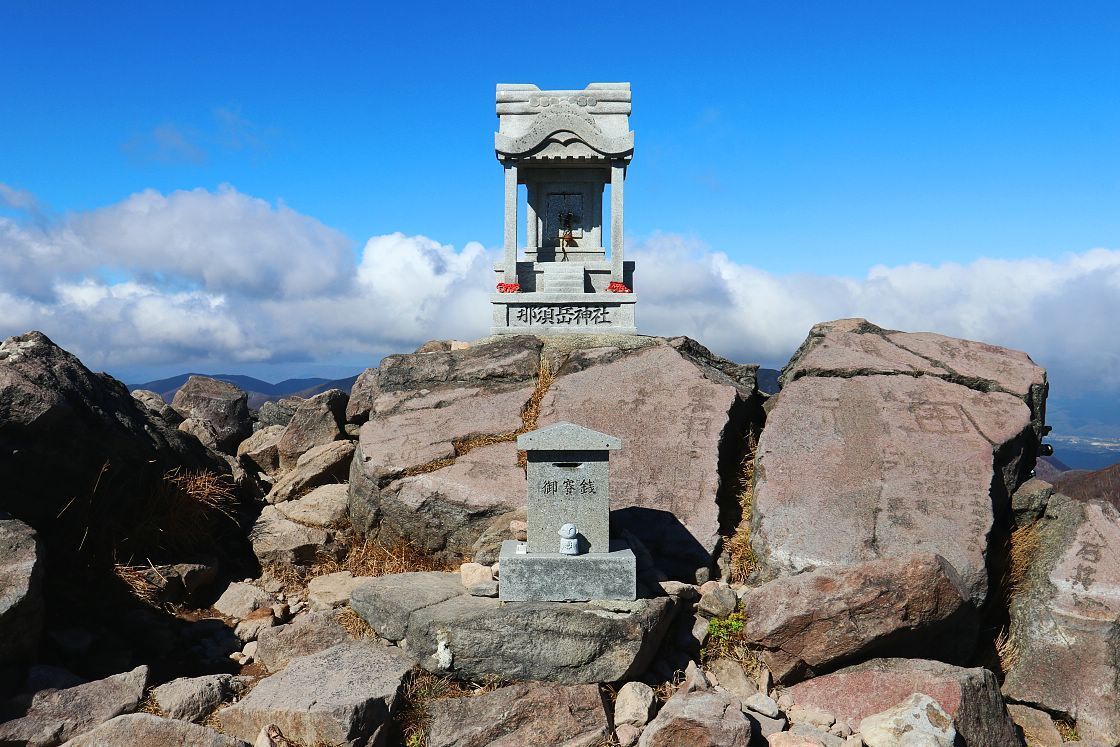
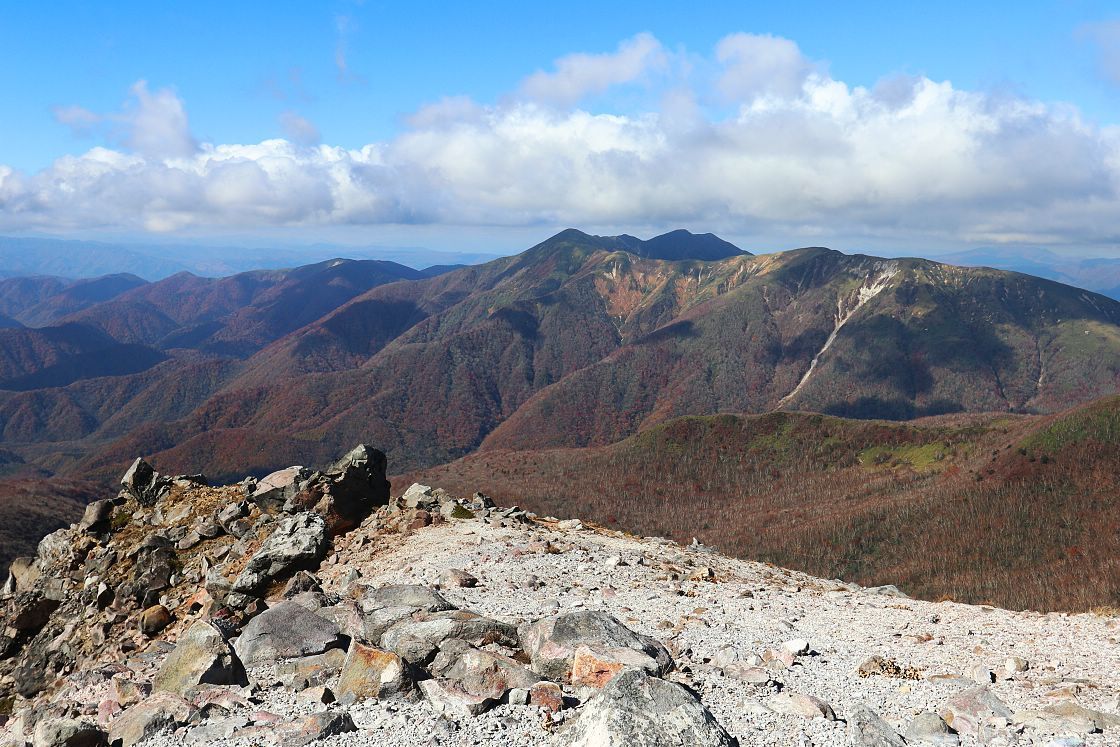
After taking some time to enjoy the scenery from the summit I retraced my steps back down the mountain side. Back at ground level, I jumped on a local bus for a 35-minute ride to the nearby hot spring of Shika No Yu, located in the Nasu Yumoto Onsen area.
Before going inside the nearby bathhouse, I took a quick detour to another popular local spot known as the Sessho Seki or Killing Stone, just a few steps away at the end of a small valley showing telltale signs of geothermal activity - an eerie stretch of bleached sand and rock where streams of volcanic gas are still being emitted and the smell of sulfur hangs thick in the air.
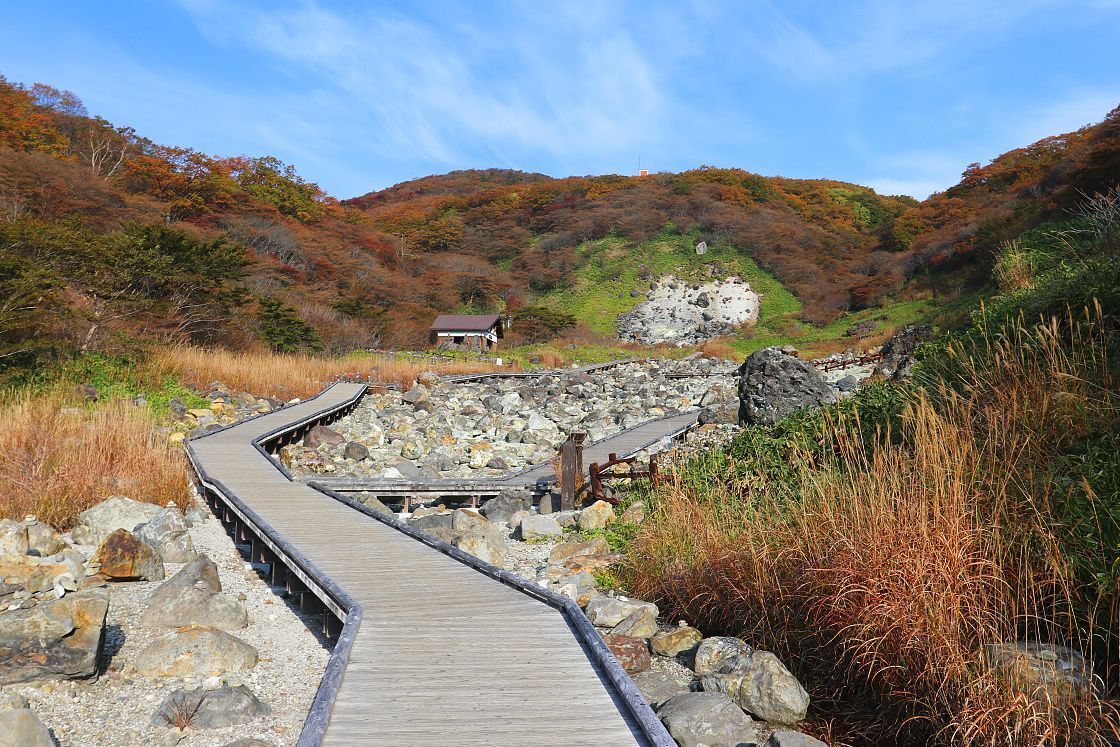

According to folklore, there was once a shapeshifting sorceress named Tamamonomae, whose true form was a nine-tailed fox. After a long career of evildoing, she set her sights on the Emperor of Japan and took the form of a beautiful woman to seduce him. Her plan failed however, and she found herself on the run, pursued by an army.
Tamamonomae's pursuers finally caught up with her here in Nasu, and a great battle took place leaving the sorceress mortally wounded, but her story didn't end there. With the last of her magic, she transformed herself into a rock, spewing fumes that fatally poisoned anyone who approached it - likely a reference to the volcanic gases still being vented in the area.
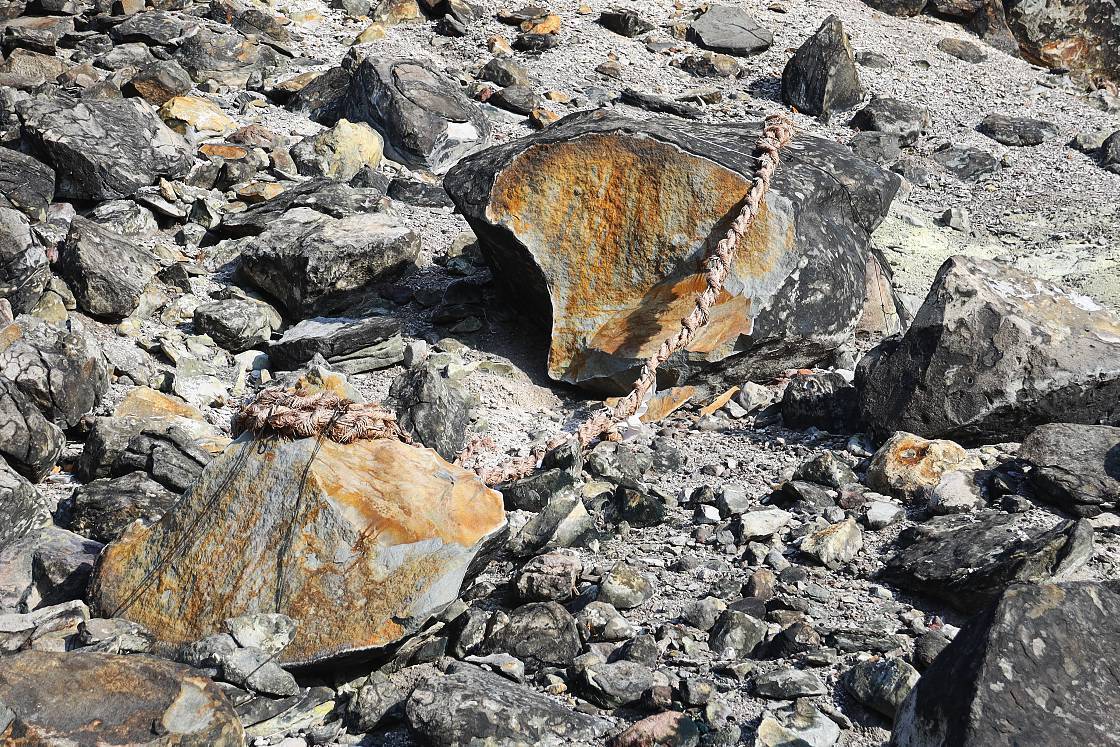
Thankfully, the legend goes on to say that the vengeful spirit was driven off by a brave monk - but the stone still made headlines around the world in 2022, when it suddenly split in two, with some fearing that the ghost of Tamamonomae would be released once again into the world.
Today, the name Shika No Yu refers both to the natural water source itself - also used to feed many of the nearby inns and resorts - and the simple timber bathhouse said to have stood here, in at least some form, for over 1,300 years.
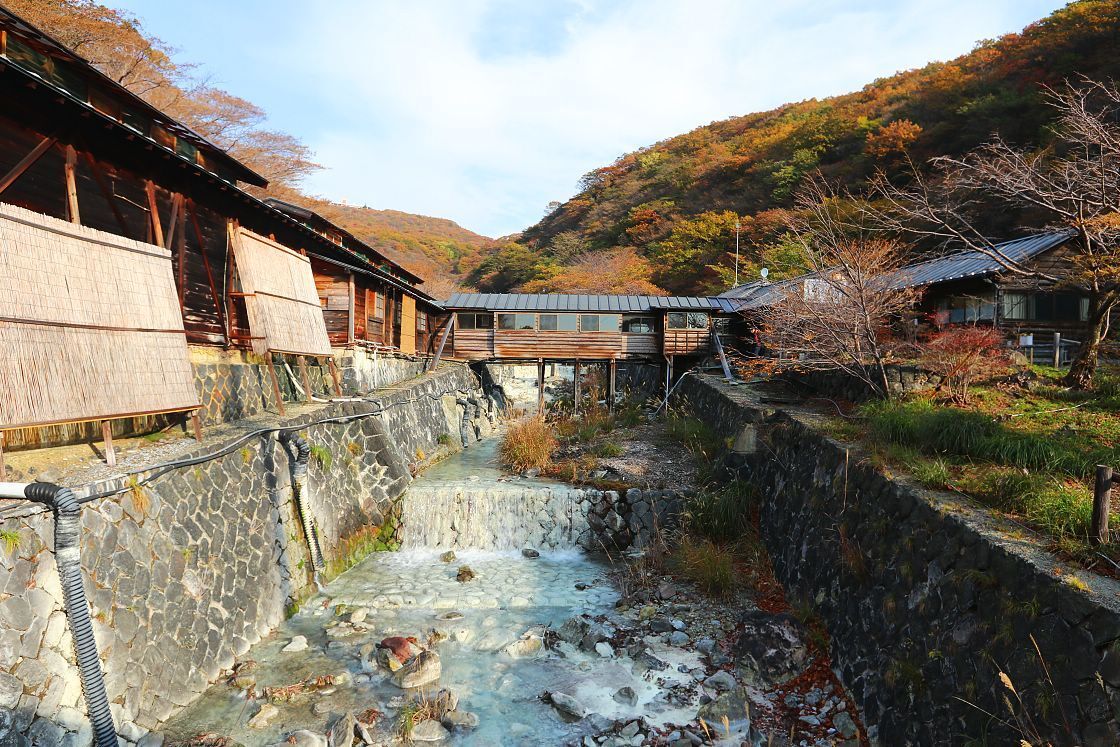
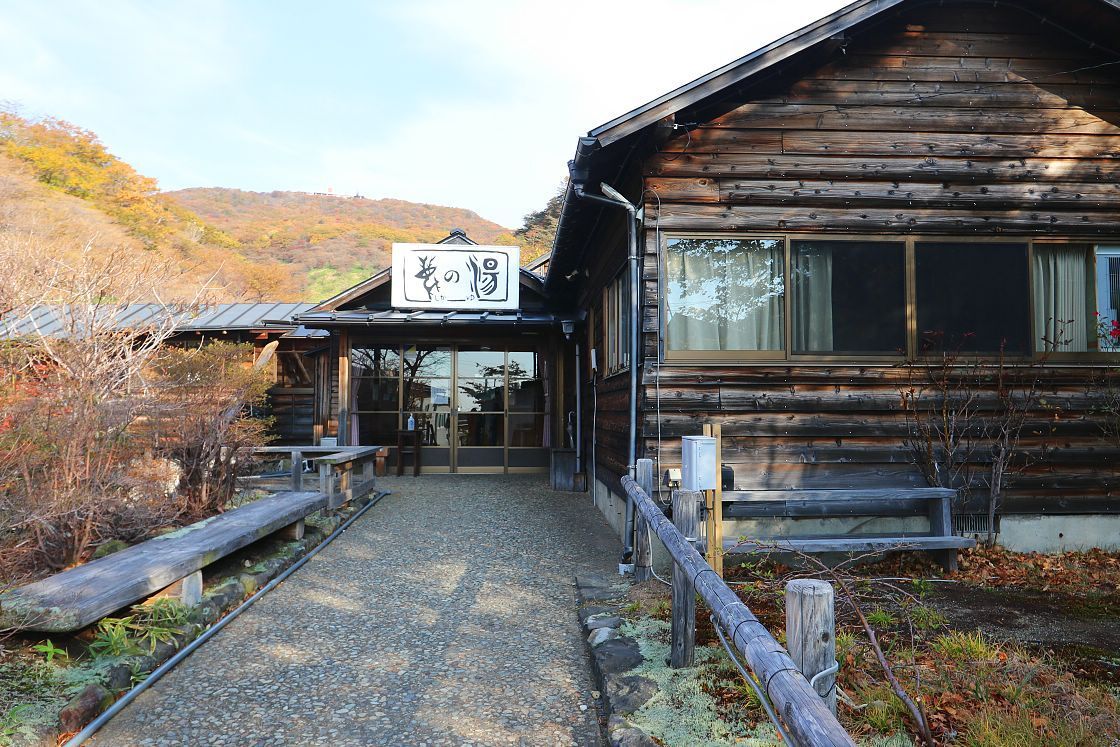
Inside the bathhouse, the water is acidic, milky-white in color and gives off a definite sulfur smell. Combined with the rustic decor, the overall effect is warm, inviting and deliciously atmospheric - the perfect way to recover after a busy day of hiking or sightseeing.
As an added bonus, the baths are divided into a range of temperatures from 41 to 48 degrees (the womens' are limited to 46 degrees), allowing visitors to find just the right match for their own body heat and condition.
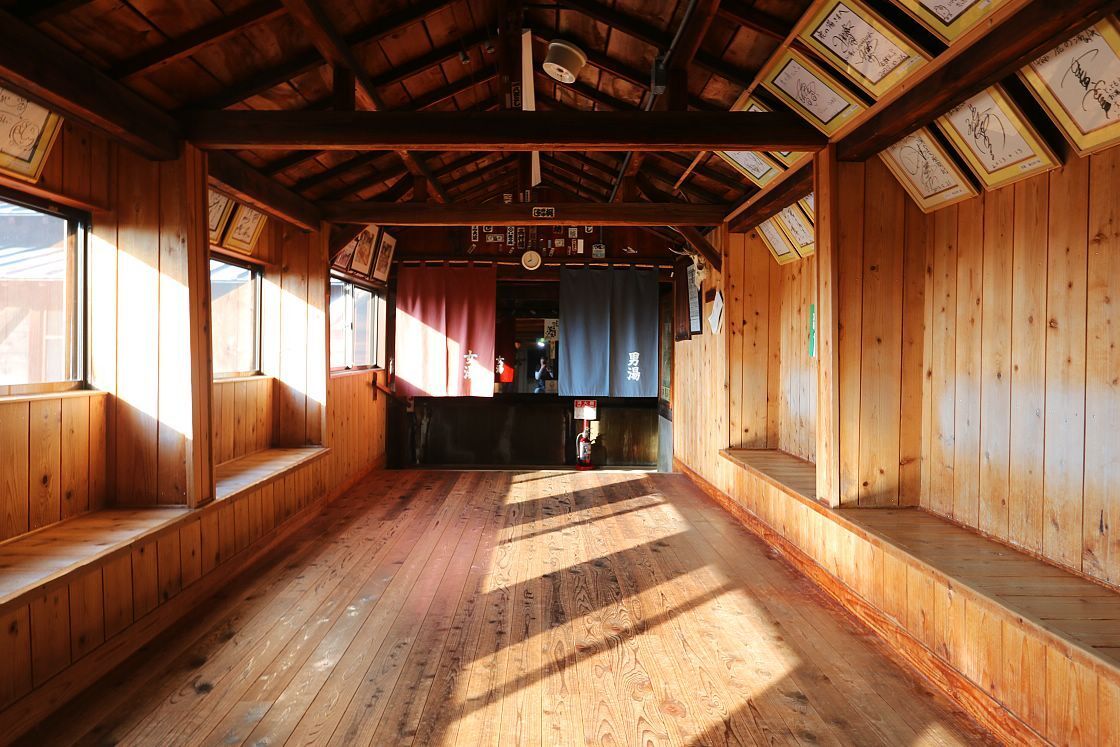
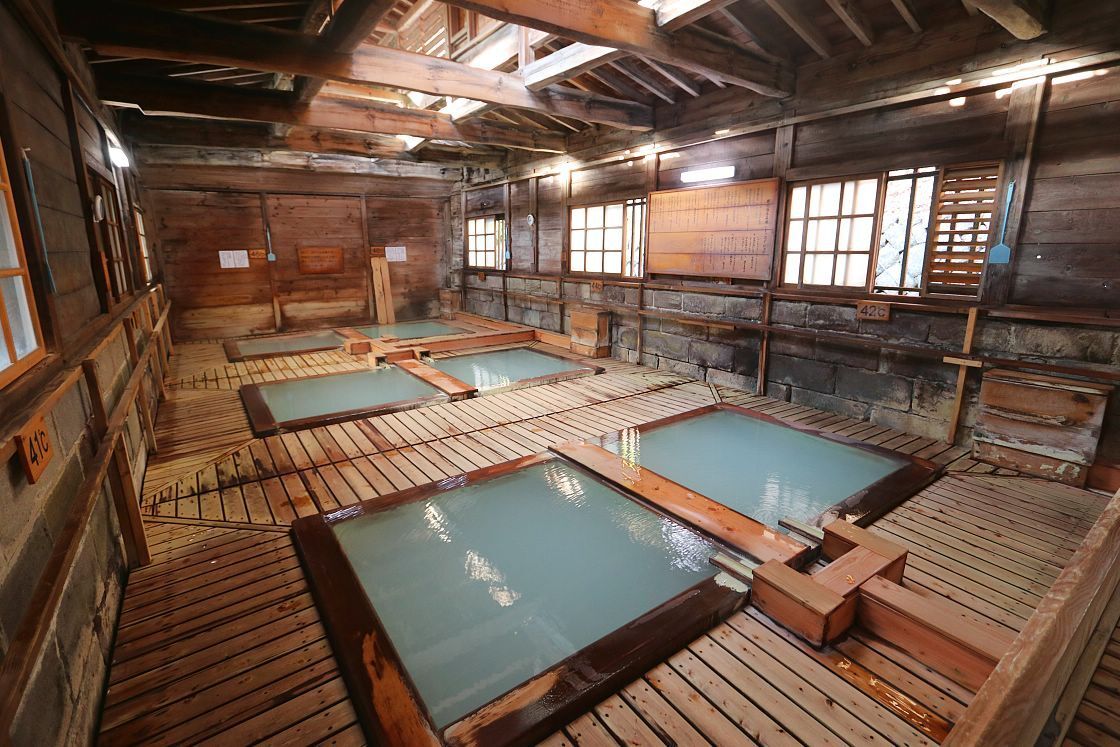
Jumping in a pre-booked taxi, I made my way south to my next stop. Set in a very modern building in attractive woody surroundings, NfS YARD is a gallery mainly dedicated to the contemporary artist Nara Yoshitomo, known for powerful portraits whose subjects seem to gaze back at the viewer, for producing new drawings every day and for his three-dimensional works in wood, fiberglass, ceramic and bronze.
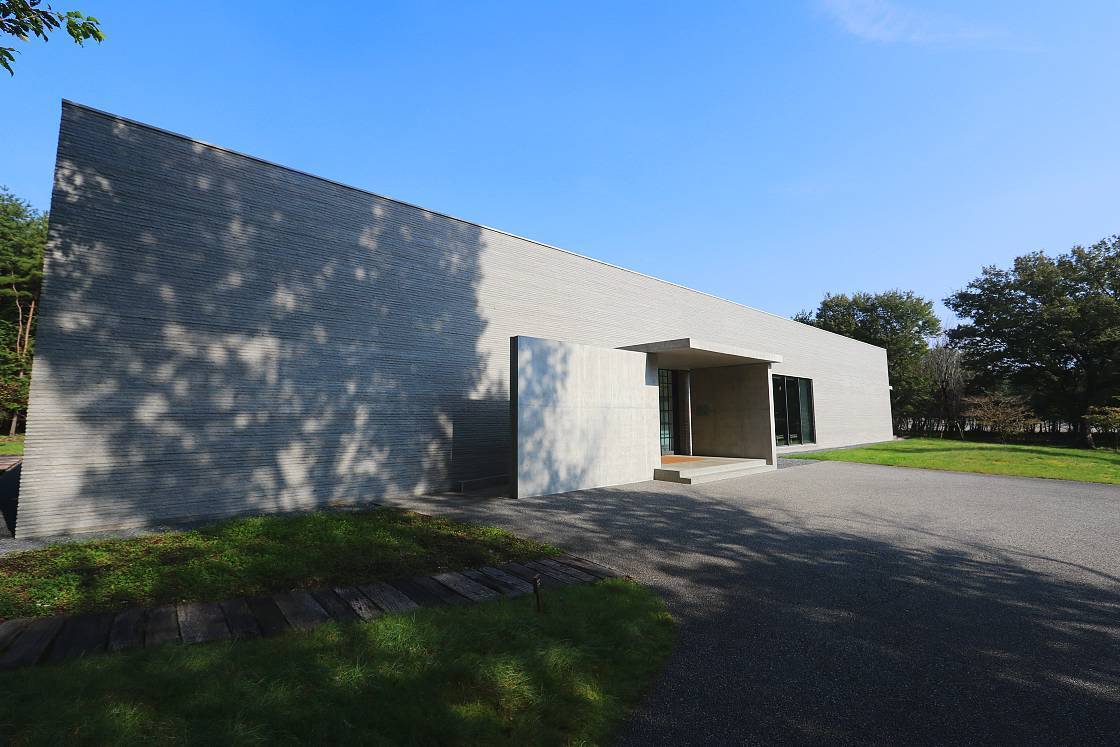
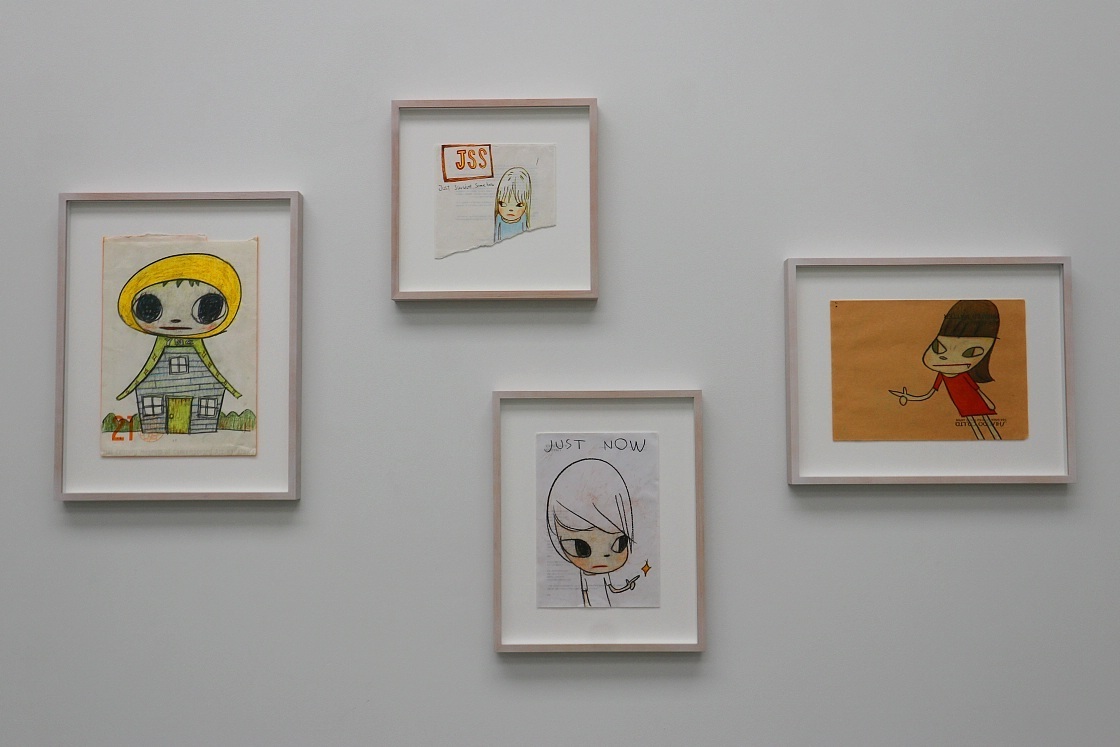
In a series of airy, minimalist rooms suffused with natural light, the gallery displays paintings and three-dimensional works by Nara alongside some well-matched pieces by other artists. Visitors can also see a selection of personal items curated by the artist himself, giving some insight into his personality and influences.
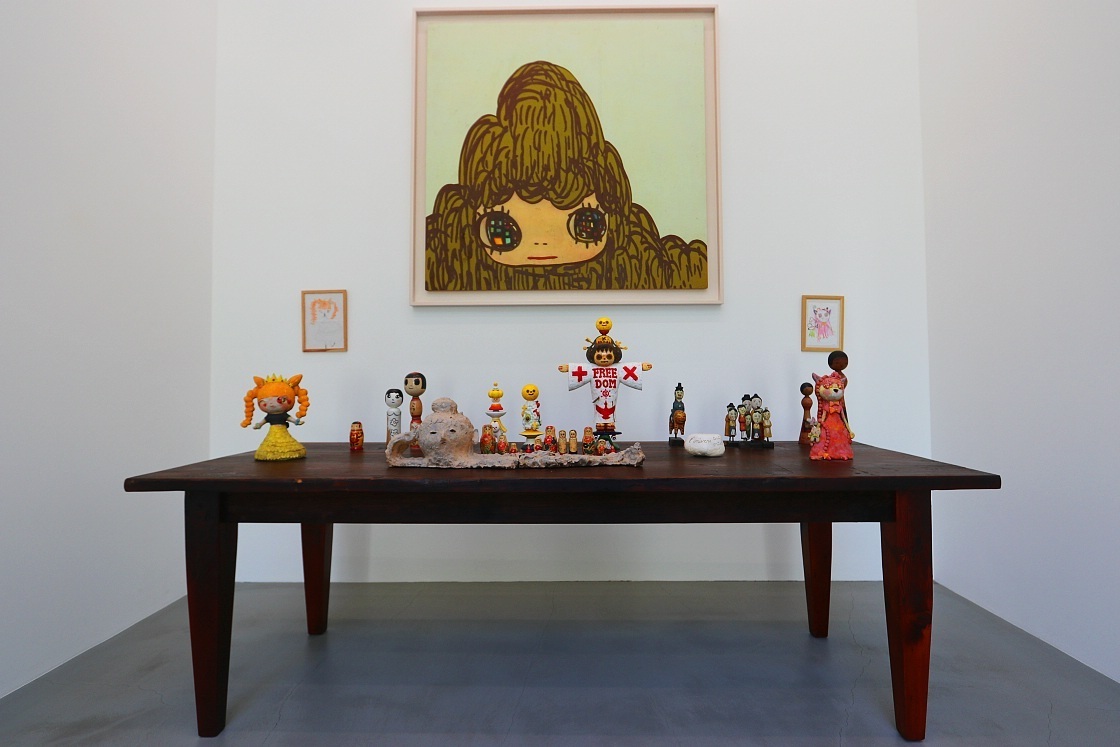
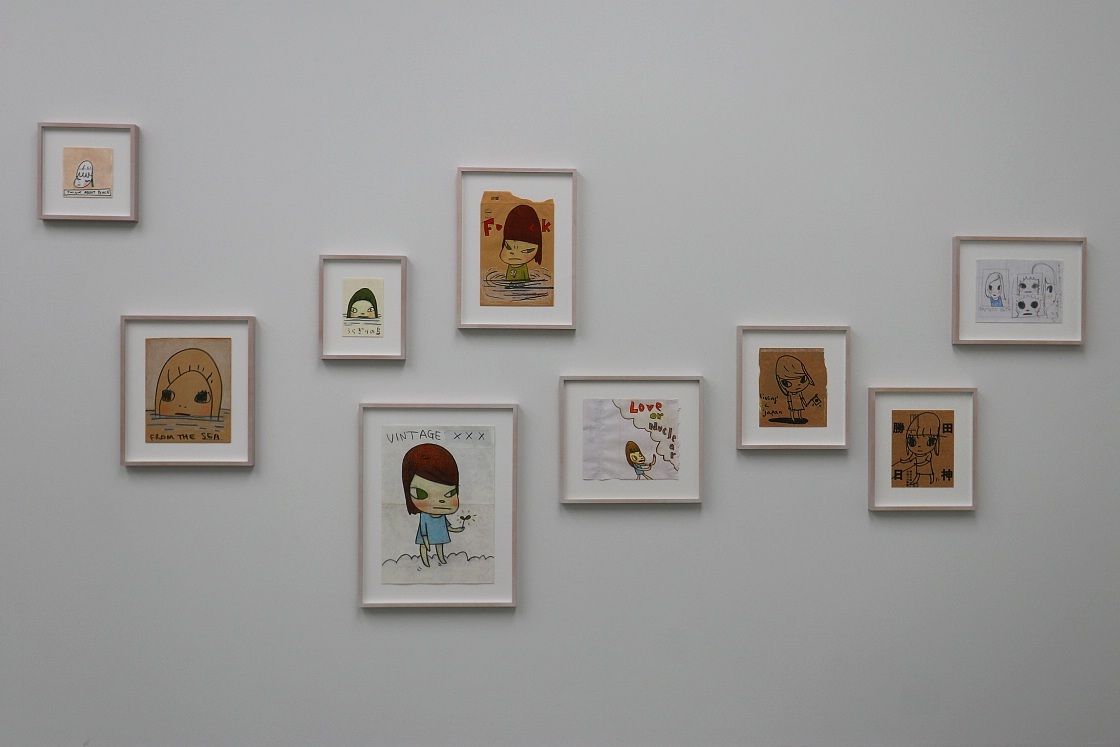
After making our way around the exhibition rooms, I took a pause in the gallery's stylish cafe - another attractively designed space with Scandi-influenced furniture and ceramics by the artist himself.
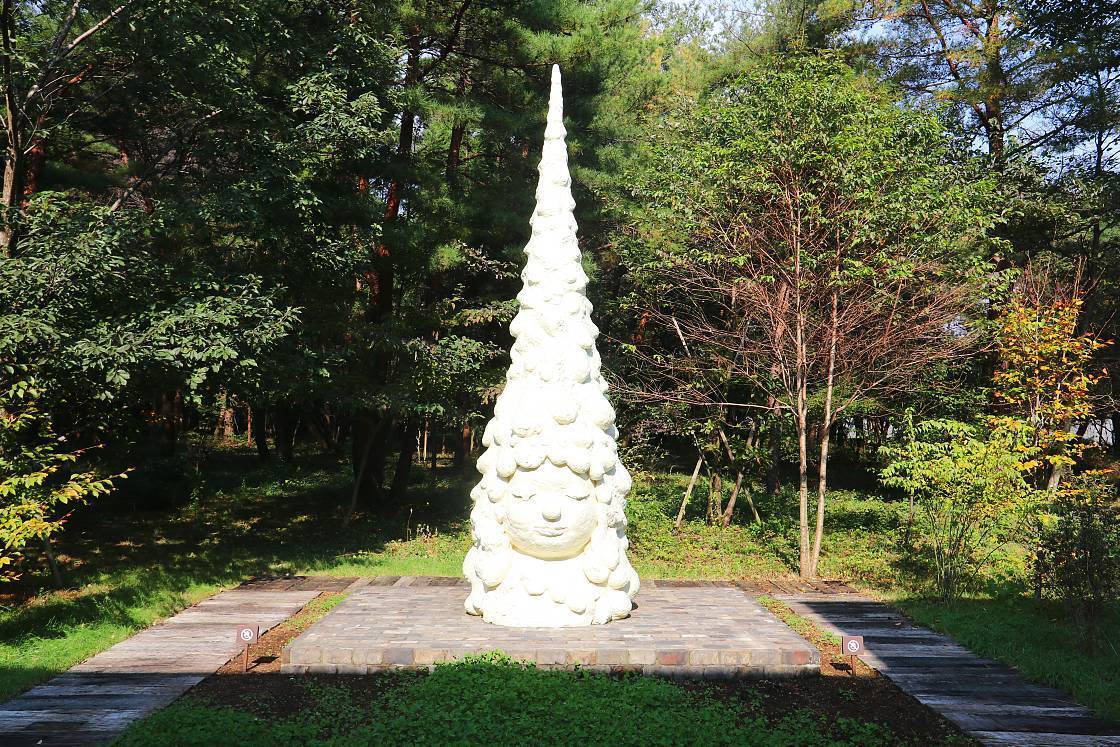

The museum will be closed from late December to early March, please check the official website for details.
Setting off from N's YARD, I jumped into another pre-booked taxi for a 20-minute ride through the late afternoon countryside to my accommodation for the night. Located in the same secluded area of woodland as the imperial family's own Nasu retreat, the Sansuikaku Ryokan is a traditional hot spring inn combining classic Japanese elegance with some very stylish contemporary touches.
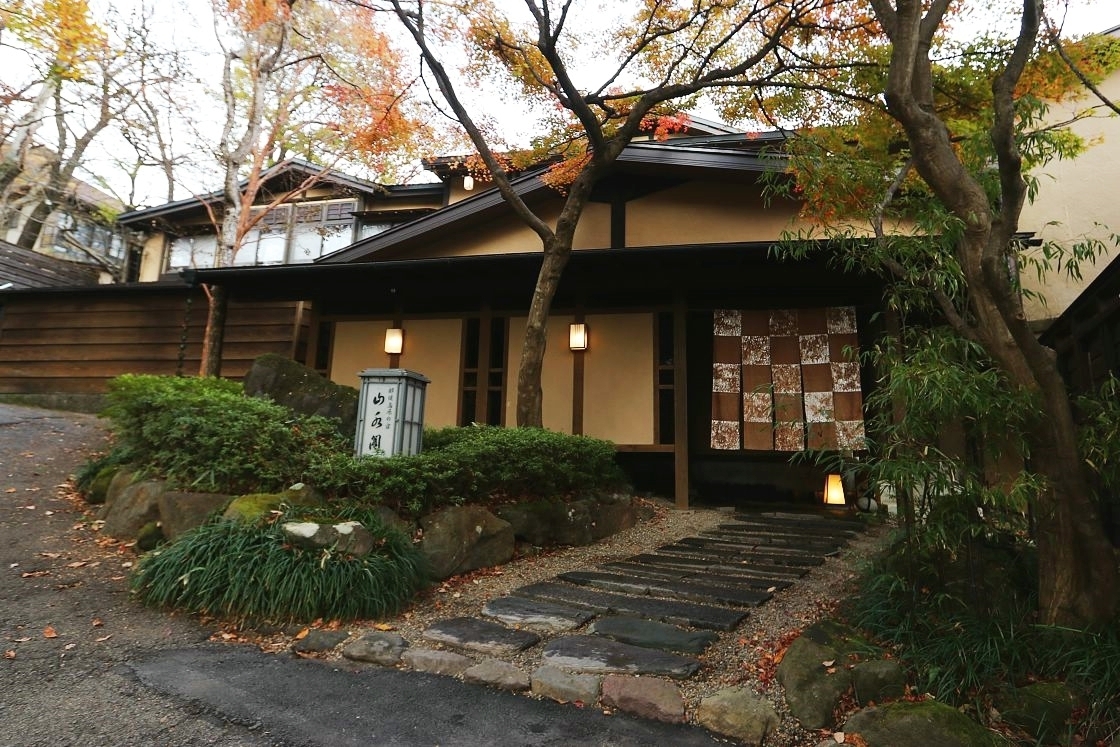
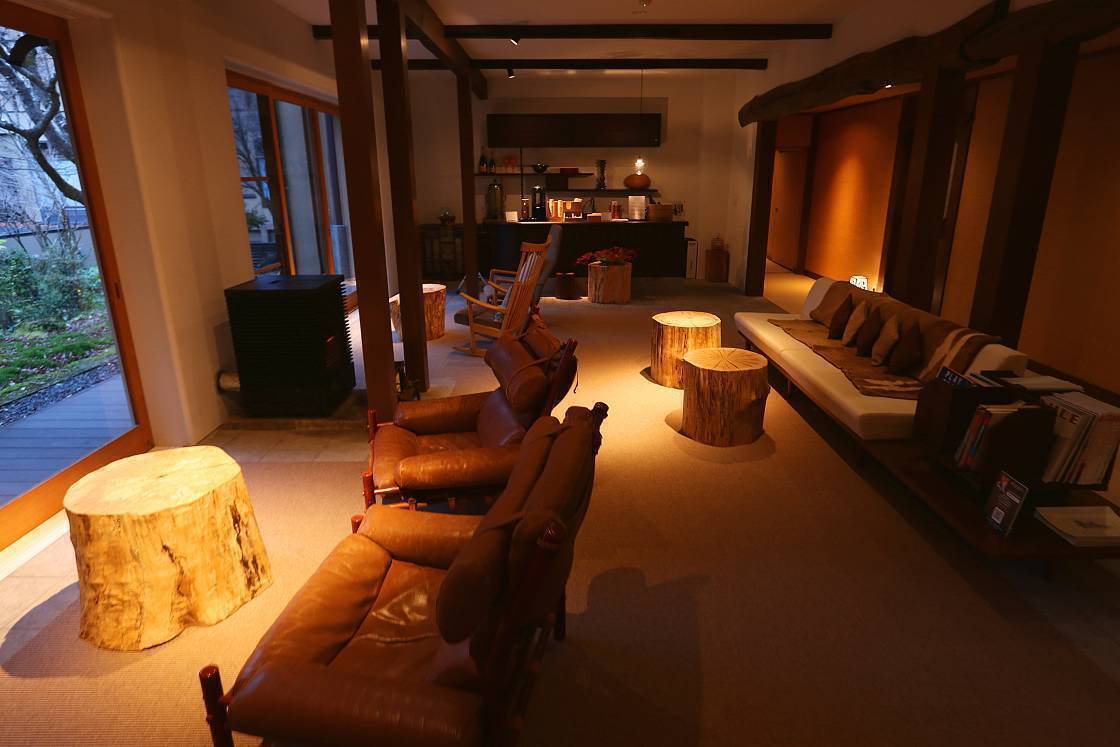
Later that evening, I sat down to a delicious kaiseki course meal made entirely with seasonal ingredients sourced from within Tochigi Prefecture. Beginning as usual with a selection of artfully presented light bites, the dishes soon became more substantial, culminating in a pork and beef shabu shabu dipped in hot soy milk, or tonyu.


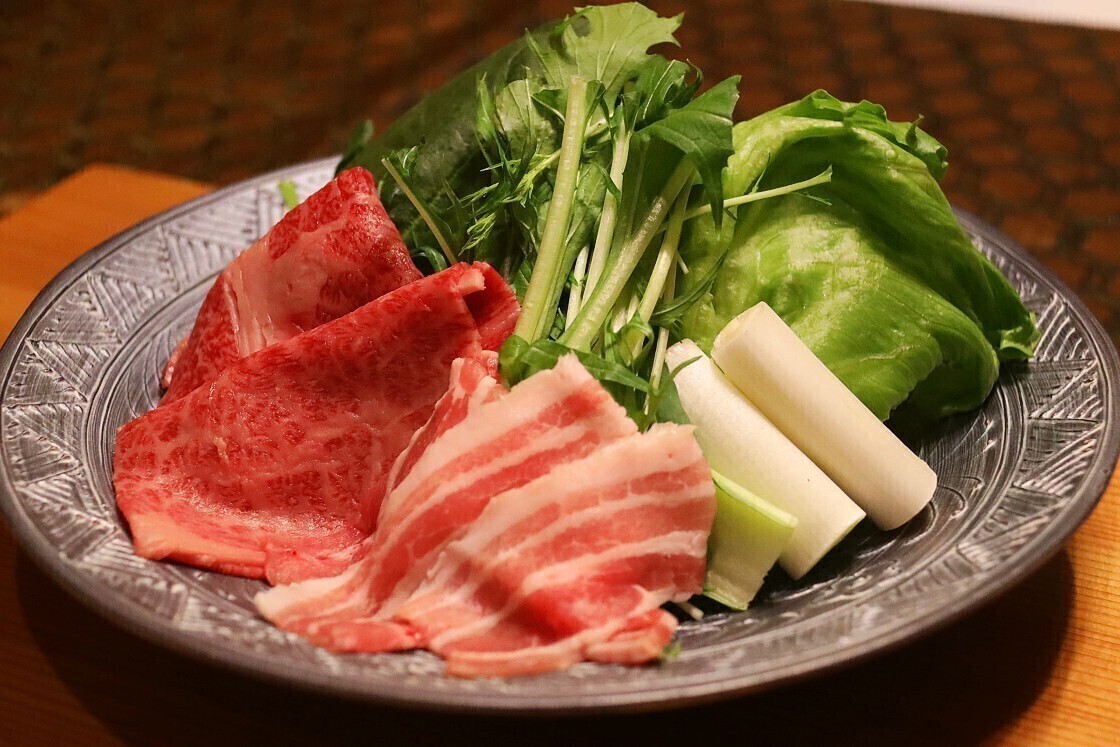
After dinner, I decided to make the very best of the ryokan experience by trying some of the different baths available at the Sansuikaku, starting with the shared public bath before making my way at an appointed time to one of the kashikiri or private reservation baths. Finally, I ended the day with a dip in my own room's private rotenburo or open-air bath.
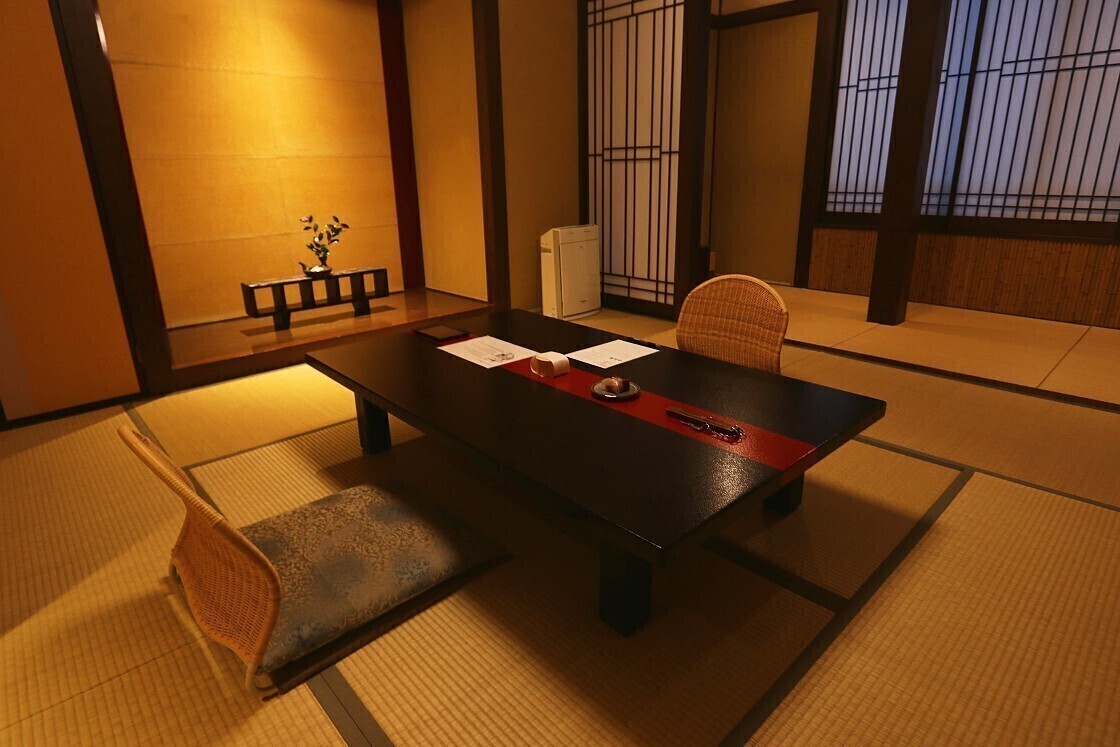
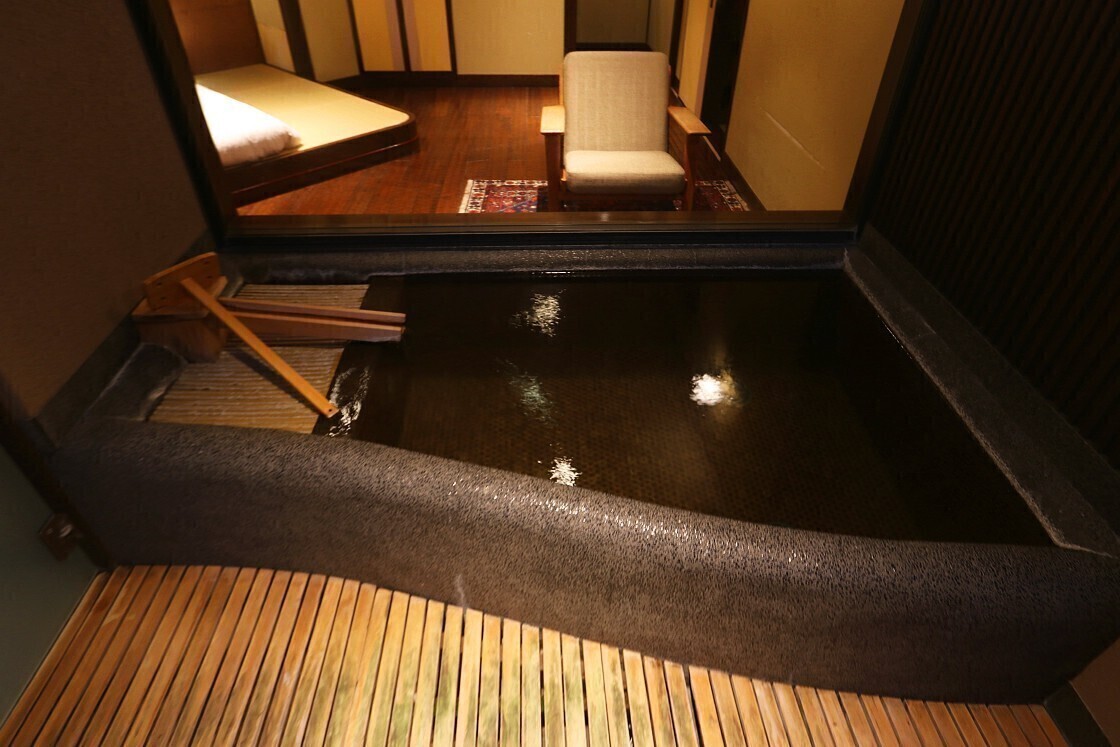
I thoroughly enjoyed the comfort and classic style of the Sansuikaku's original building, but visitors looking for something even more contemporary and exclusive may prefer the newly rennovated annex building, the Bettei Kai.
Showcasing exquisite local craftsmanship and materials, each of the Bettei Kai's luxurious rooms and suites come with unique and often highly tactile details, from custom-made metal fittings to walls and surfaces covered in traditional washi paper.
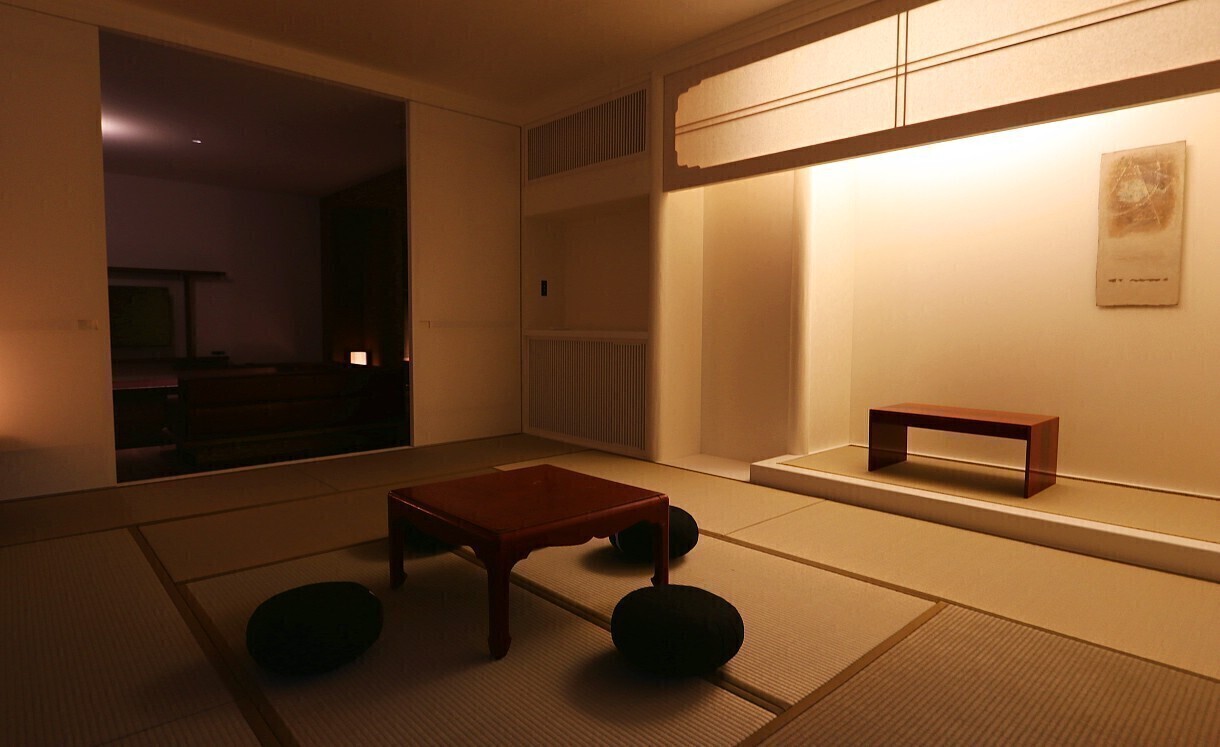

Day 2 - Utsunomiya
Feeling refreshed, I kicked off our second day in Tochigi with an early start and a substantial Japanese-style breakfast. Saying my goodbyes to the staff, I set off by bus and train for my next destination - the prefectural capital of Utsunomiya. Arriving into Utsunomiya Station, I changed again to a local bus for a 30-minute ride outside of the city center to the little town of Oya - best known for the unique igneous rock of the same name, found nowhere else on earth.
A soothing shade of light gray and flecked with grains of differently colored minerals, Oya stone is also soft and relatively light, making it an attractive and highly versatile building material.
Our first stop in the town was at the Oya History Museum, a vast and now disused subterranean quarry that once brought great prosperity to the area. From outside, the museum looks like a small, unremarkable industrial unit. Stepping inside however, next to a little exhibition space containing old tools and other traces of the people who once worked here, a stone staircase leads 30 meters down into the cavernous space of the quarry floor.
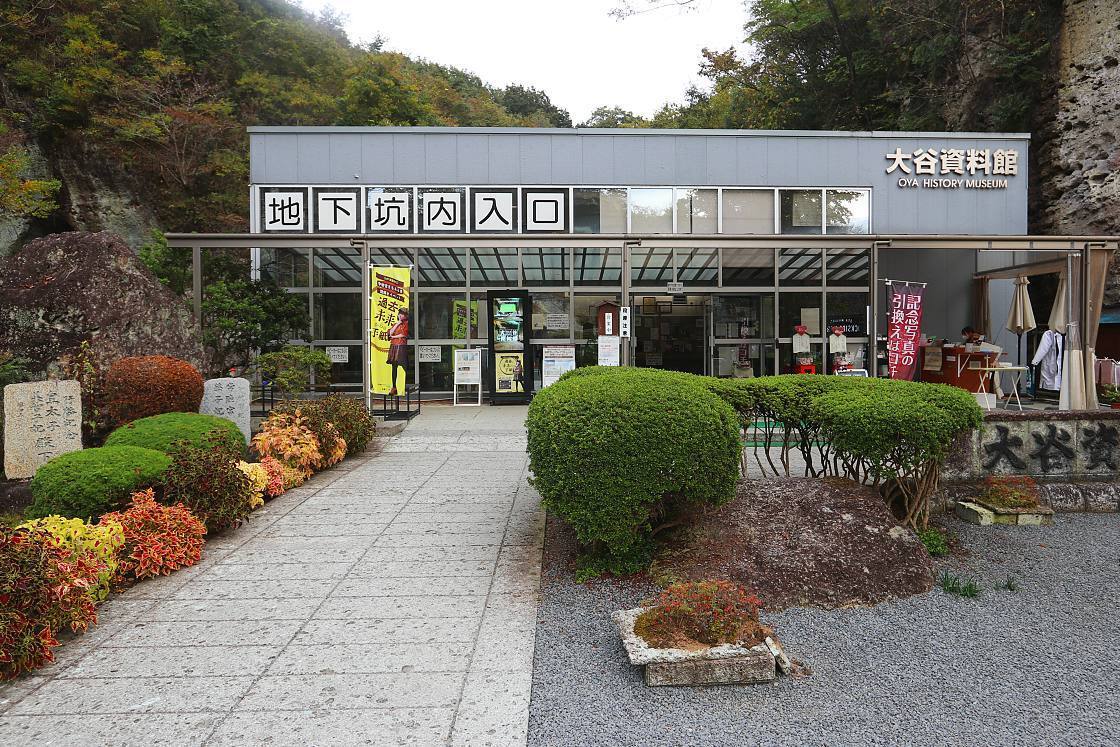
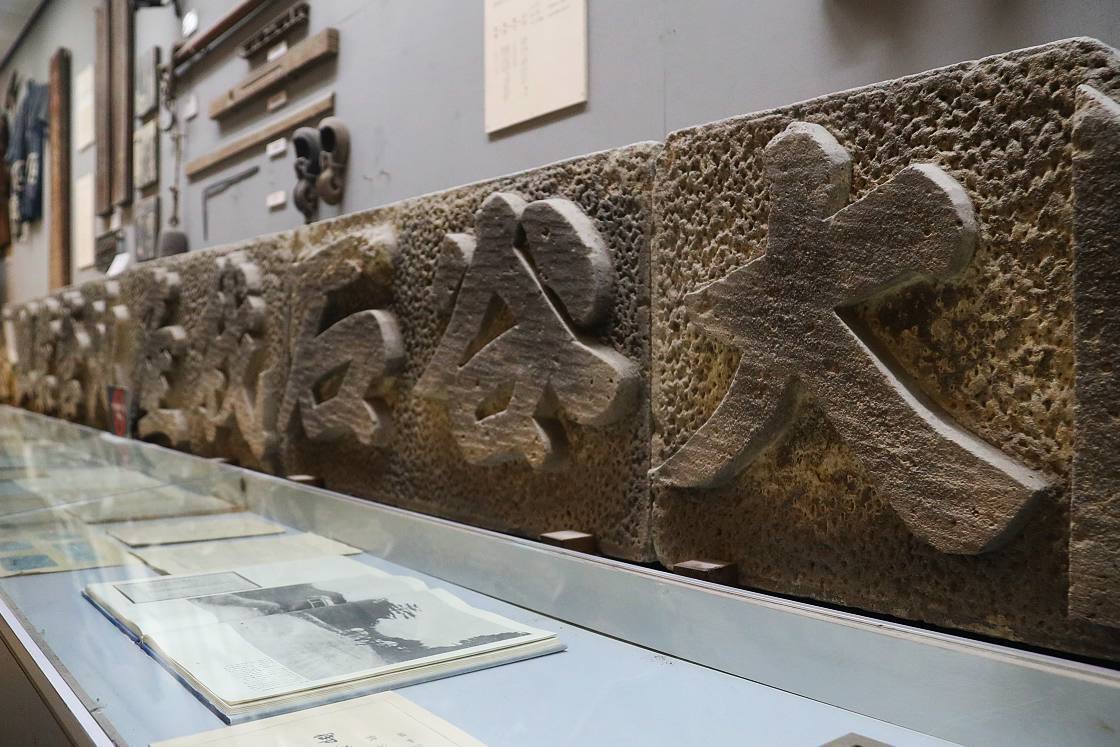
Excavated over a period of almost 70 years between 1919 and 1986 when mining operations ceased, the quarry encompasses an area of around 20,000 square meters - enough to fit a baseball field. While no longer mined for the local stone, the space continues to serve both as a natural refrigerator for large amounts of food and wine, and as a unique setting for concerts, TV shows and weddings.
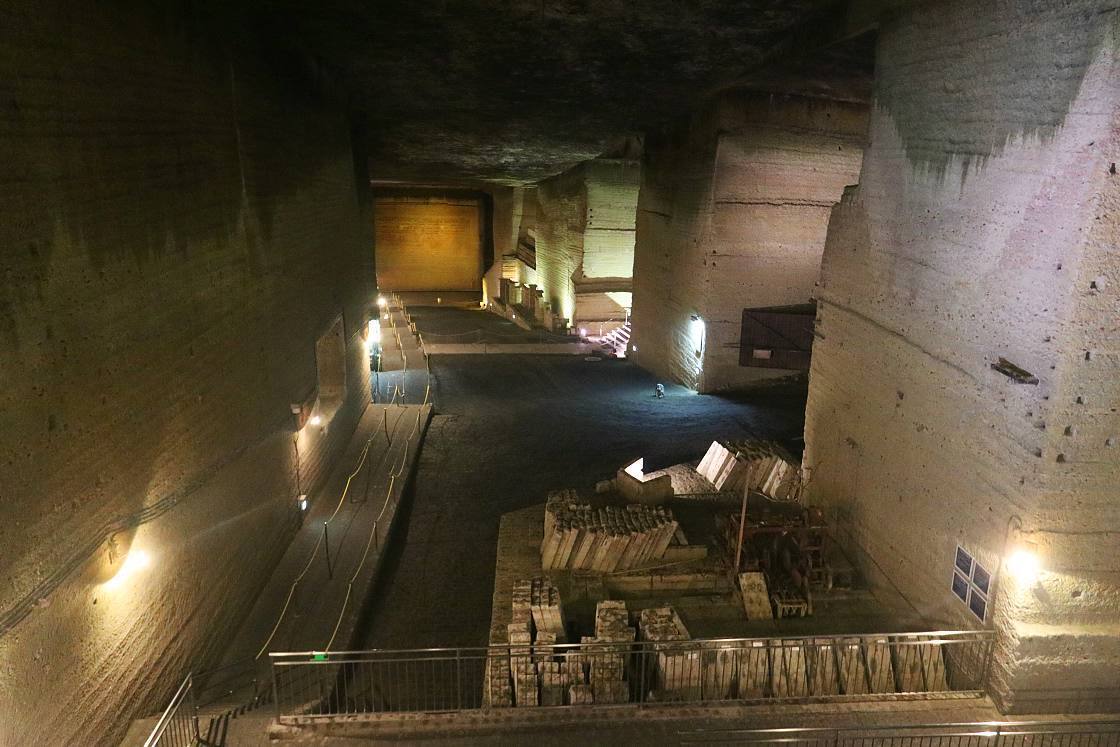
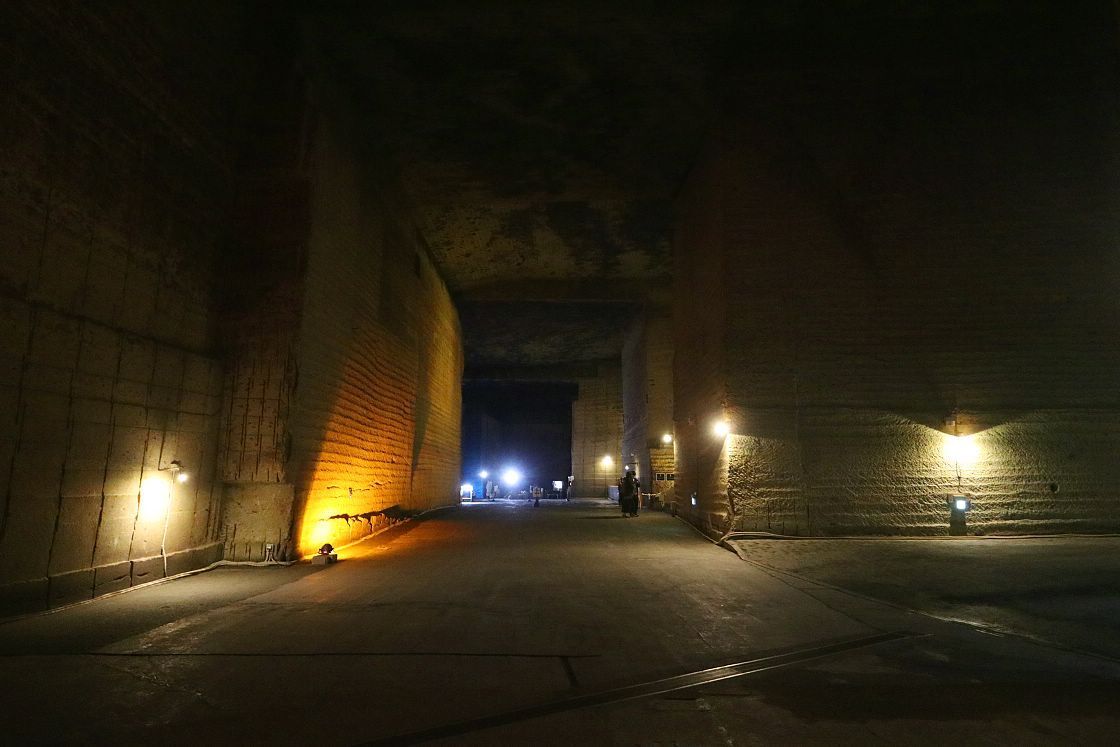
With its open, otherworldly spaces and Cathedral-like acoustics, the artificial cavern is a uniquely awe-inspiring and slightly eerie place to explore, a feeling only heightened by atmospheric lighting and a handful of well-placed artworks.
Just a few steps from the museum entrance is another fascinating spot, known simply as Oya Temple. Built into the base of a cliff, the temple features a series of wonderful relief sculptures carved directly into the rock face, highlighting the strange beauty of this unique material. Especially striking is the temple's main object of devotion, the Oya Kannon - a carving of the many-armed Buddhist goddess of mercy, created in 810.
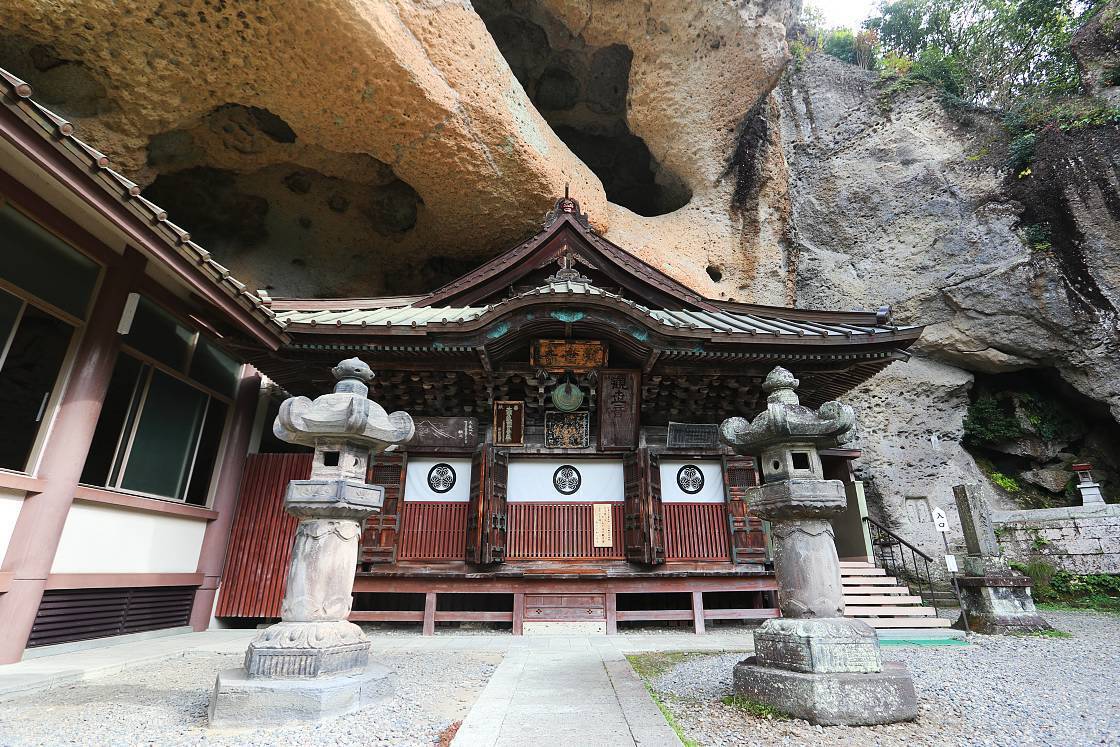
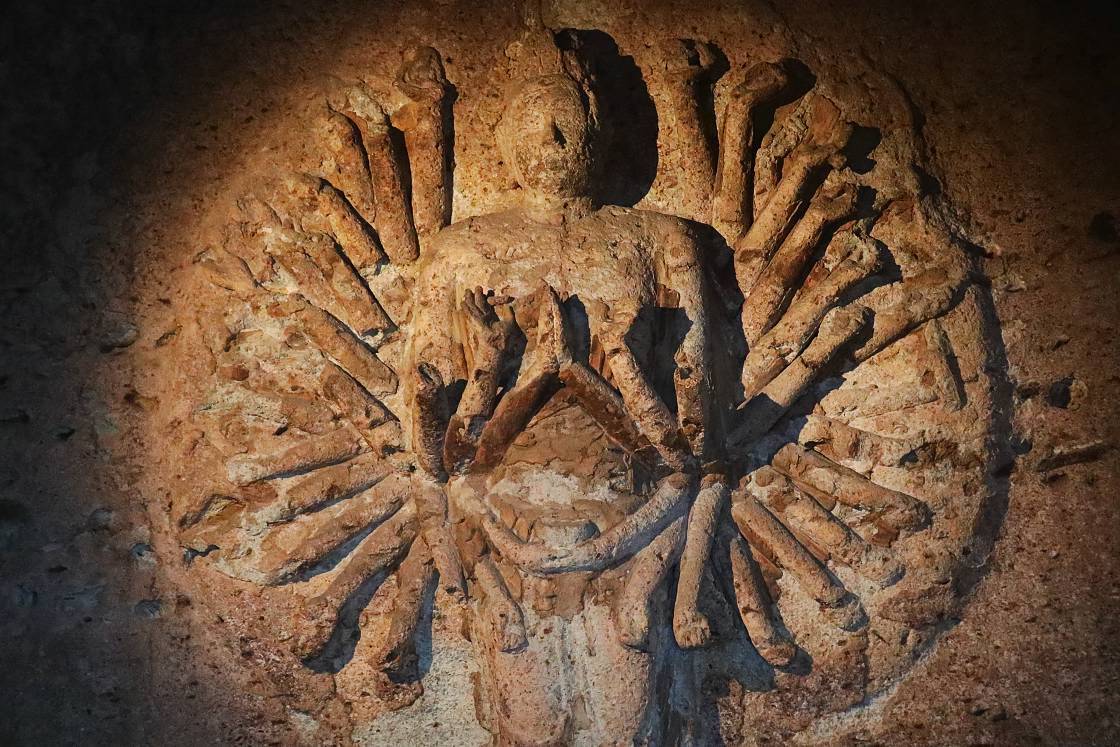
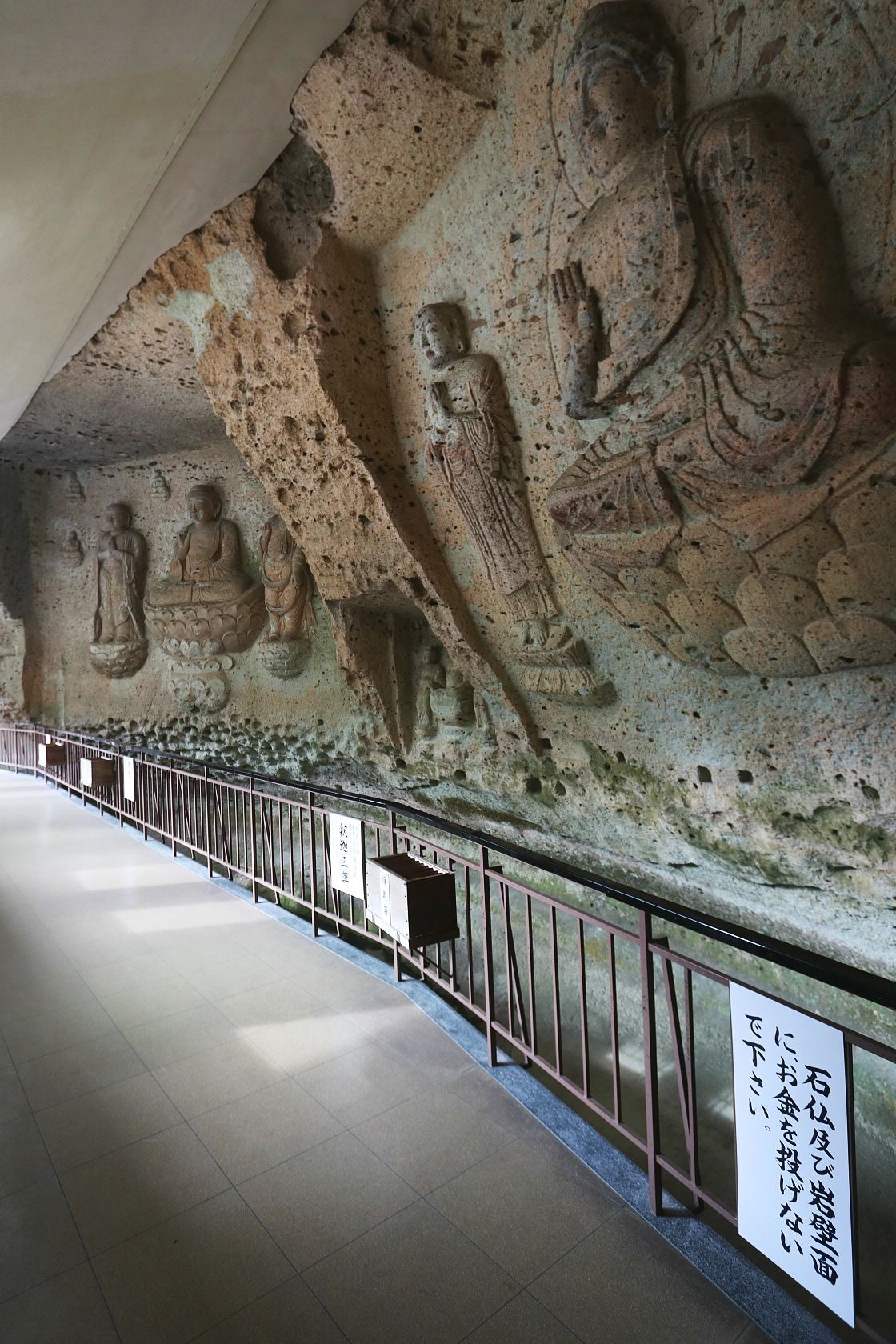
After a stroll around the temple's attractive little garden, I made my way across the street to another, 27-meter statue of the goddess Kannon, carved into a nearby cliff and towering over a small public park. Begun in 1948 as a memorial to the victims of World War II and a monument to the hope for world peace, it was ultimately completed on May 4, 1956 with the help of many people.

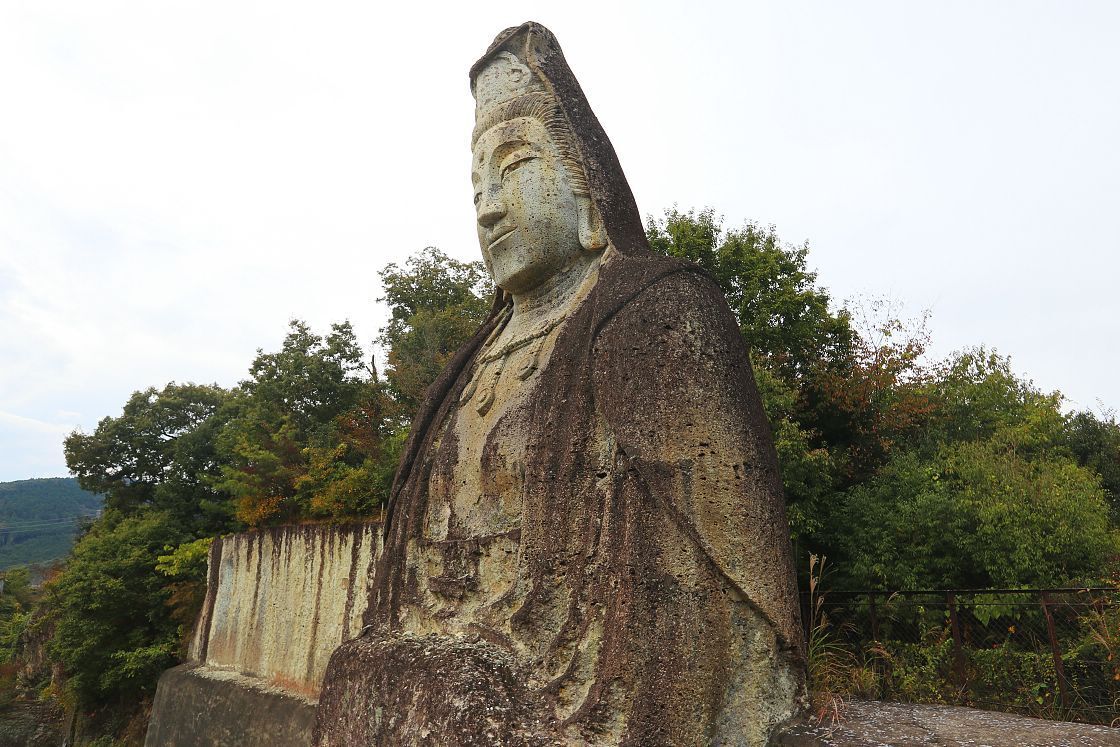
The penultimate stop on our Tochigi itinerary, the Wakayama Bamboo Forest is a massive, 24-hectare expanse of bamboo and chestnut trees, located on the northern outskirts of Utsunomiya and lovingly maintained by the same family for over 100 years. While primarily managed for the purpose of growing bamboo shoots, the farm also produces mature bamboo for a range of uses from traditional arts and crafts to very modern construction projects.
For centuries, bamboo was one of Japan's most important and ubiquitous materials, used to make furniture, tools and fine crafts but today that demand has decreased. Fortunately, the current owners had the idea of using their skills to beautify the space - turning it into a popular tourist attraction and a regular setting for TV and film.
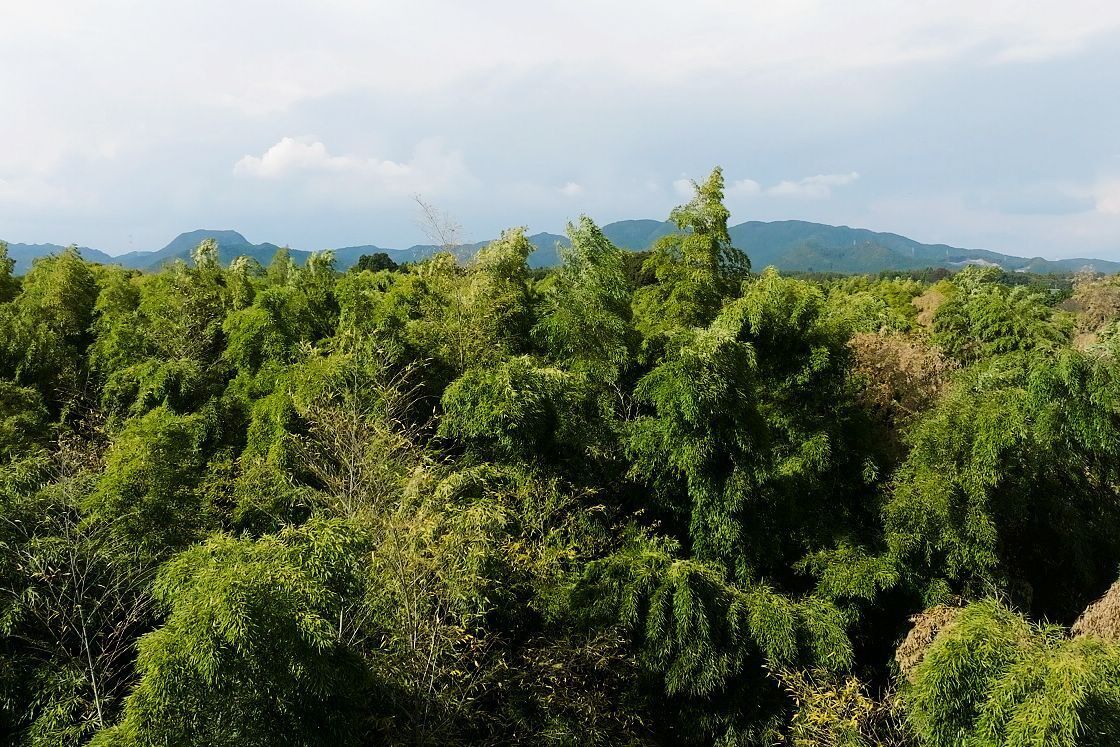
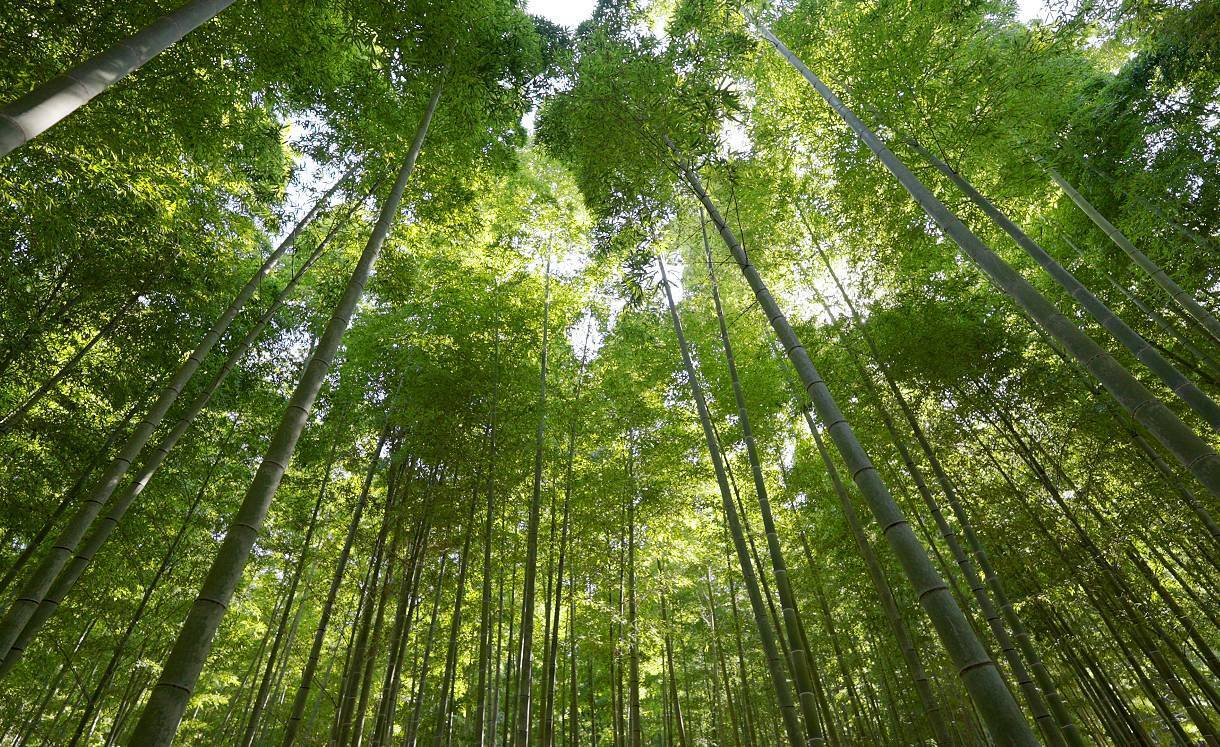
After a long and leisurely stroll through a fascinatingly diverse range of different bamboo, I took a pause at a rest stop for a cup of matcha tea, served in a cup made from a single piece of bamboo.
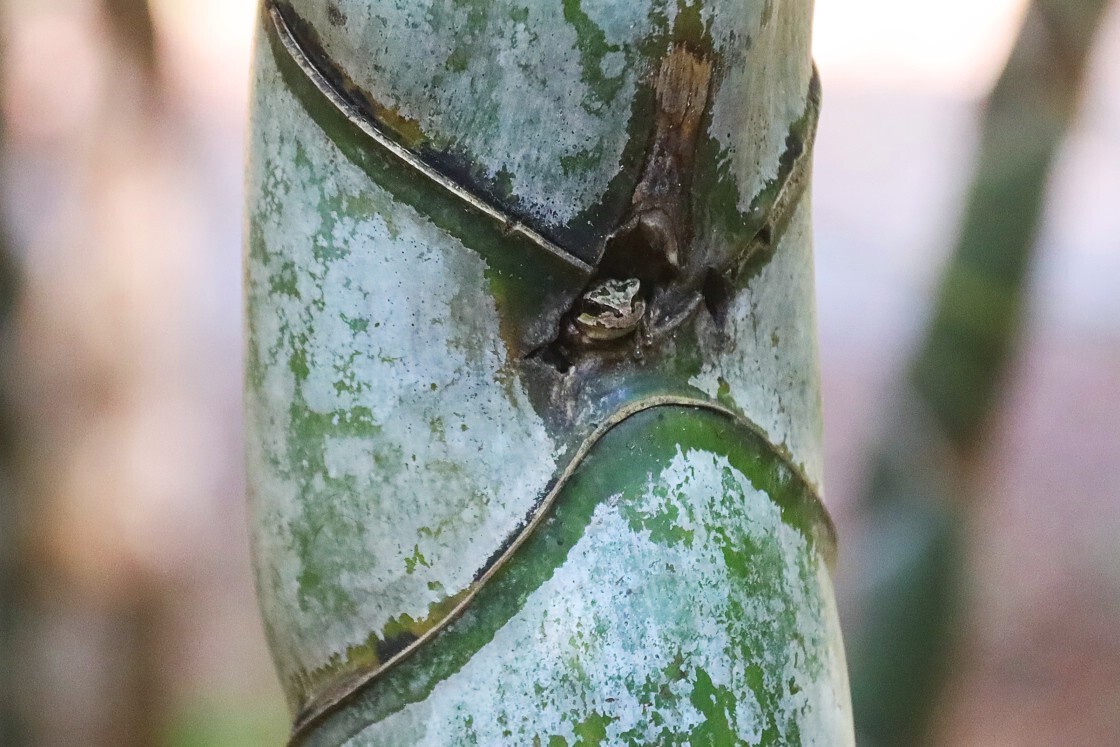
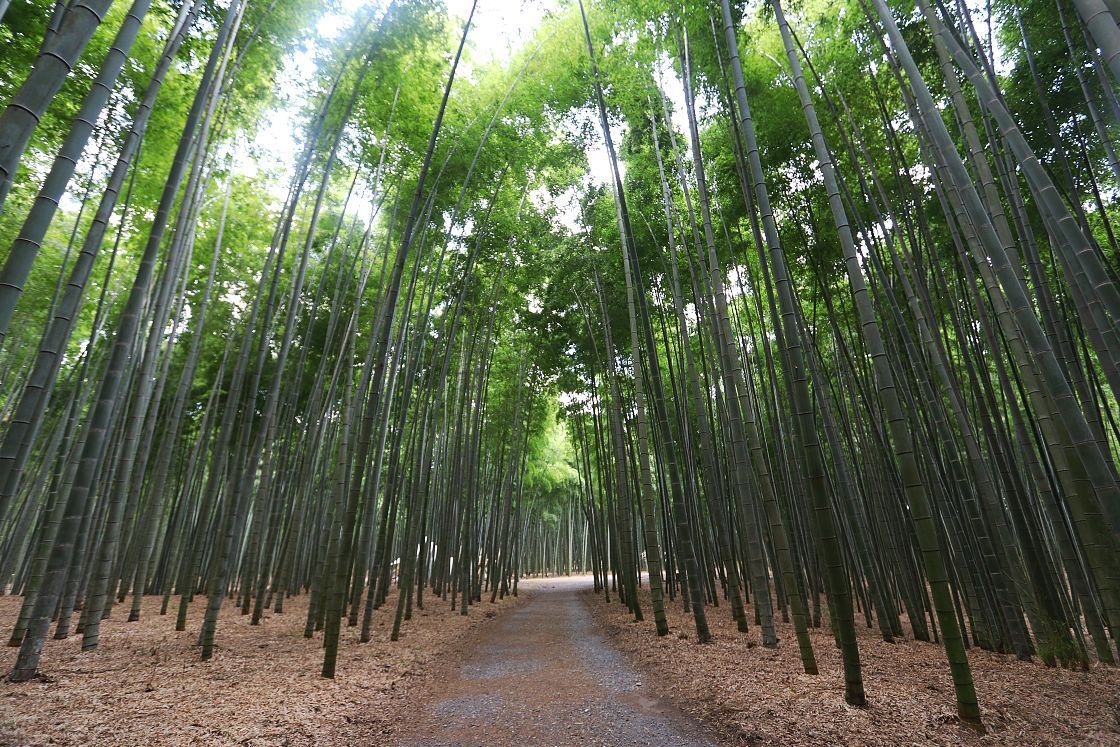
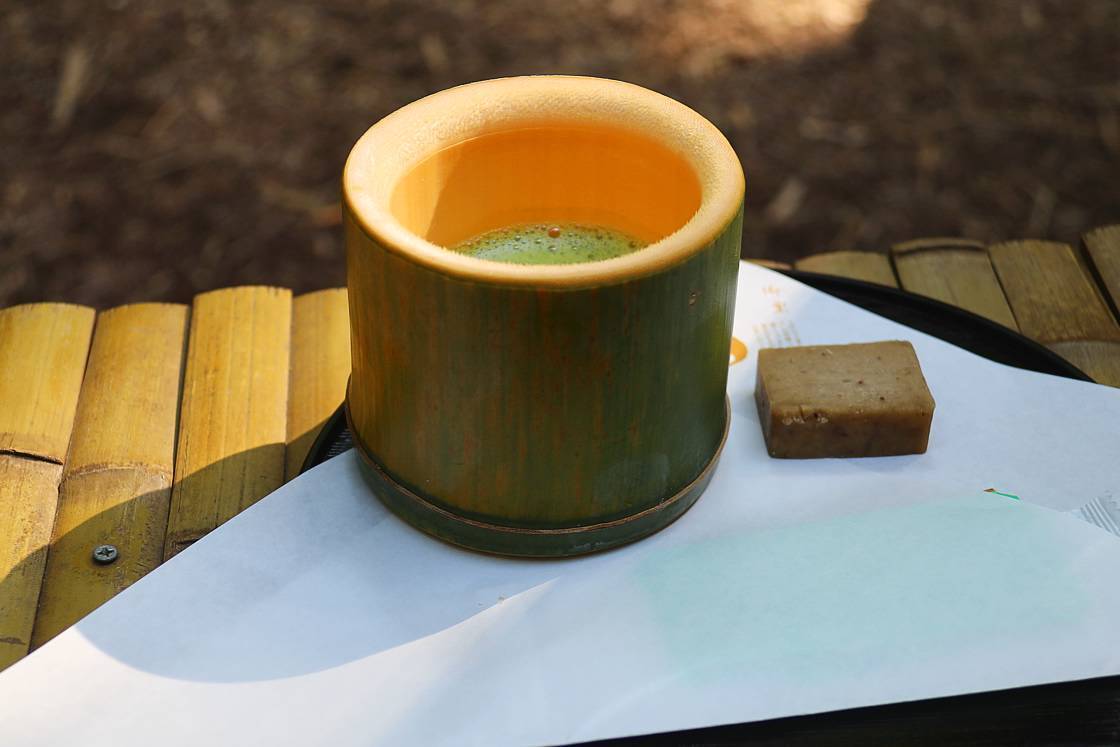
Although our time in Tochigi was drawing to an end, I still had one last stop to make in the busy Utsunomiya Station area before boarding my shinkansen back to Tokyo: a visit to the popular restaurant Utsunomiya Min Min for a taste of Utsunomiya's signature dish of gyoza.
A kind of dumpling or pot-sticker made from wheat flour and packed with minced meat and vegetables, gyoza originated in China and can be found nationwide, with all manner of local variations. Neither of these things have prevented Utsunomiya from thoroughly absorbing them into its local culture, and the city has for years ranked at or close to the top of the most gyoza-consuming cities in Japan.
Gyoza can be steamed, boiled or fried, but I ordered mine cooked the most common way - fried until crispy and served with a mix of soy sauce, rice vinegar and optional chili oil. Crispy, meaty and satisfying, it was a perfect final bite of Tochigi.
